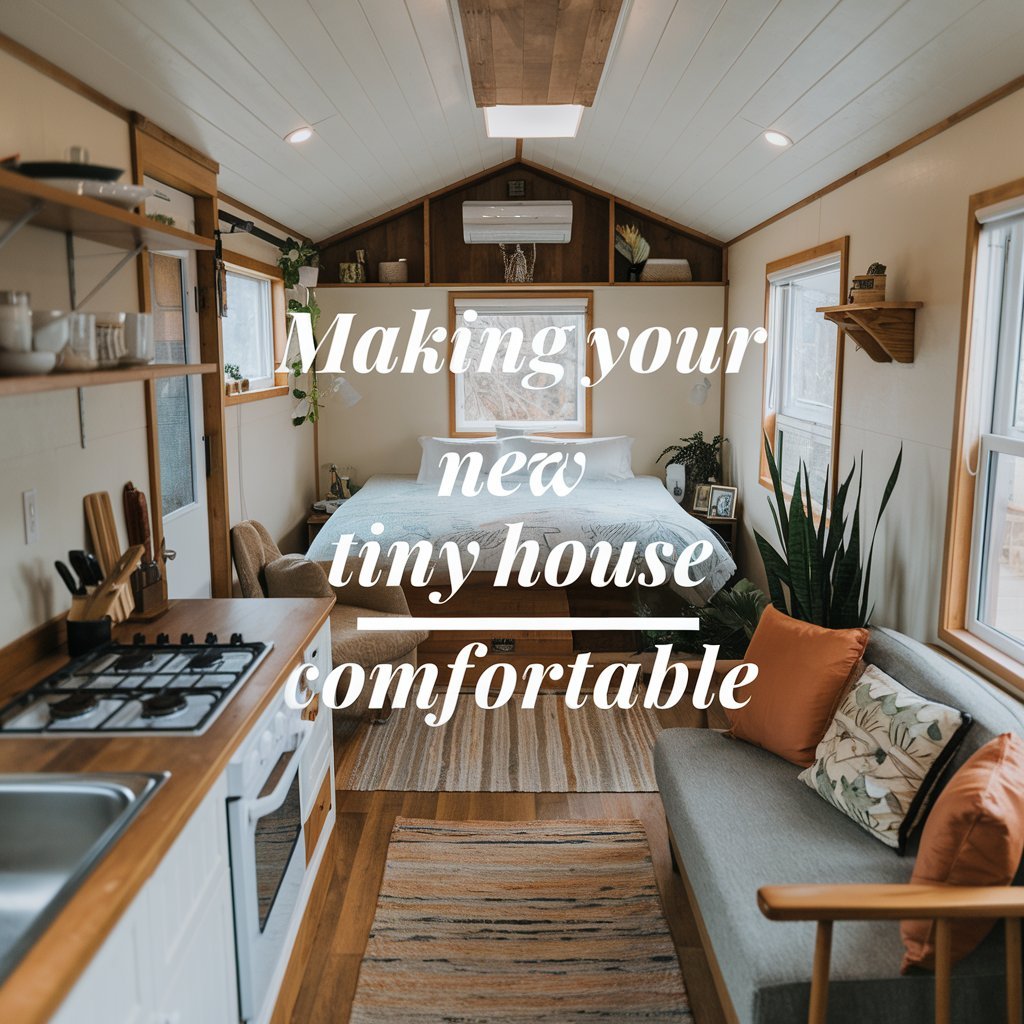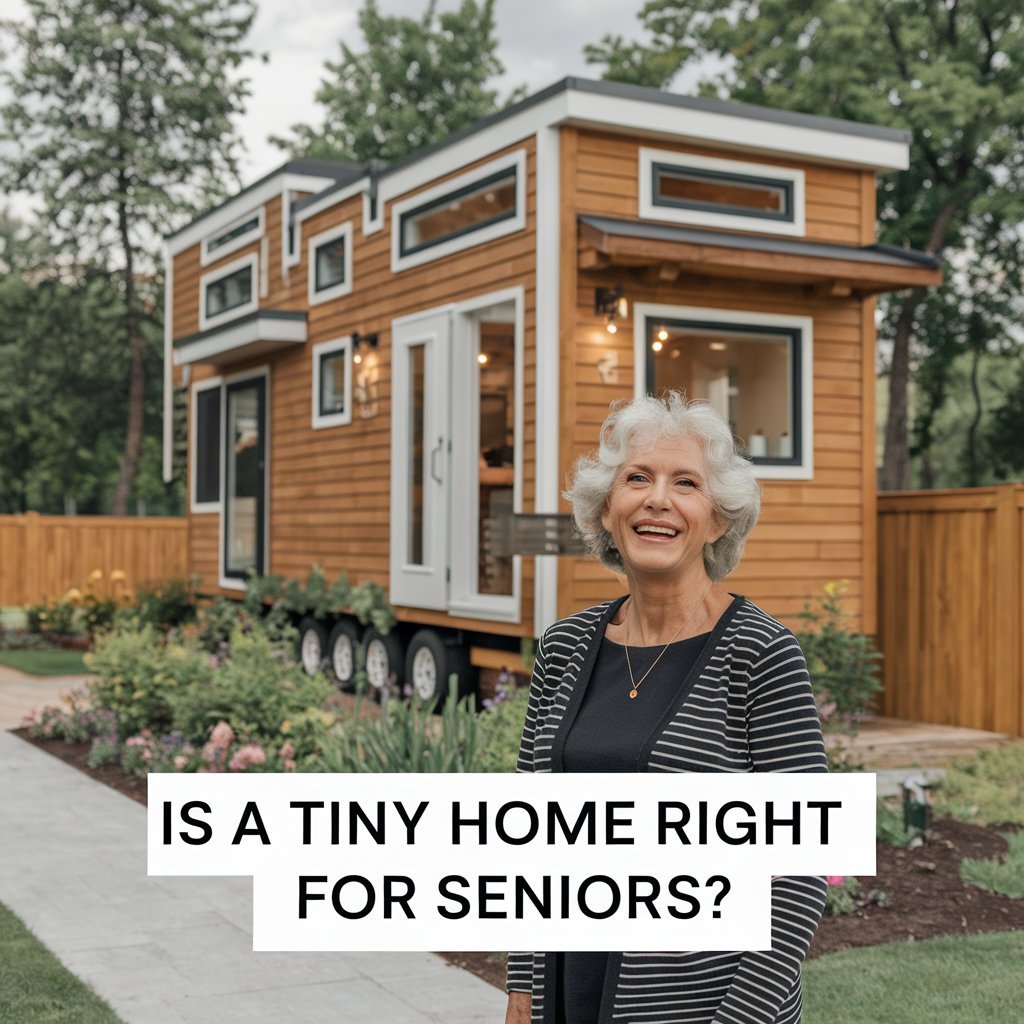Living in a compact dwelling requires smart solutions that balance style and practicality. Small spaces demand creative design choices to avoid feeling cramped while reflecting your personality. Whether it’s foldable furniture or vertical storage, every element must serve a purpose without sacrificing visual appeal.
The rise of minimalist living has inspired homeowners to rethink how they use square footage. Clever layouts and multipurpose items help maximize functionality, turning tight corners into cozy nooks or efficient workspaces. Even lighting and color schemes play a role in making rooms feel airy and inviting.
Customizing your environment is key in compact homes. Thoughtful details like modular shelving or mirrored accents can elevate both aesthetics and utility. This guide explores innovative approaches to transform limited areas into comfortable, expressive living zones that adapt to your daily needs.
Key Takeaways
- Multifunctional furniture maximizes space efficiency in compact layouts
- Strategic color choices create the illusion of larger, brighter rooms
- Vertical storage solutions optimize unused wall areas
- Modular designs allow flexible adaptation to different activities
- Light-reflecting materials enhance perceived spaciousness
Tiny Home Living: Challenges and Opportunities
The tiny house movement continues gaining momentum as people seek alternatives to traditional housing. While compact spaces demand creative adjustments, they also unlock unexpected benefits. From RVs to cabin-style dwellings, each structure requires balancing practical needs with personal expression.
Transitioning to smaller square footage means rethinking daily habits. Families often prioritize multipurpose furniture and shared zones while carving out private corners. Downsizing possessions becomes necessary, but many find freedom in owning fewer items that truly matter.
Financial perks stand out in this lifestyle. Lower utility bills and minimal upkeep costs free up budgets for travel or hobbies. Environmentally conscious residents appreciate reduced energy use and waste production compared to standard homes.
Communities of compact dwellings foster strong social connections through shared resources and collaborative problem-solving. However, local regulations vary widely—zoning laws and utility access remain crucial factors during the planning phase.
Whether mobile or stationary, these homes prove that thoughtful design can turn limitations into advantages. The key lies in embracing flexibility while maintaining functionality that supports your household’s rhythm.
Understanding Space: Maximizing Square Footage and Functionality
Unlocking a compact dwelling’s potential starts with analyzing its spatial dimensions. Precise measurement tools like laser distance meters or 3D modeling apps help map every corner. This reveals overlooked areas—think gaps above doorways or under stairs—that can become functional storage zones.

Strategic floor plans act as blueprints for efficiency. Prioritize zones for cooking, sleeping, and relaxing while maintaining clear pathways. Multi-level designs like lofted beds or staggered shelving systems triple usable space without expanding the structure’s footprint.
Vertical surfaces offer untapped potential. Floor-to-ceiling cabinets in kitchens and fold-down desks in workspaces keep essentials accessible yet out of sight. For circulation routes, maintain 24-inch walkways between furniture pieces to prevent congestion during daily routines.
Open layouts benefit from visual dividers. Area rugs define conversation nooks, while pendant lights mark dining spaces. Translucent room partitions maintain airiness while creating psychological boundaries between activities.
Structural adjustments require professional input. Reinforced lofts must balance weight capacity with insulation needs, and window placements should align with emergency exit codes. Always consult local building regulations before modifying load-bearing walls or electrical systems.
Embracing Minimalism in a Petite Home
Adopting minimalist principles transforms compact spaces into serene retreats. This design philosophy prioritizes quality over quantity, selecting items that add value while reducing visual noise. By focusing on essentials, residents create breathing room in tight quarters without sacrificing comfort.

Decluttering begins with a systematic approach. Sort belongings into three categories: keep, donate, and discard. Use vertical organizers like wall-mounted racks or under-bed bins to store seasonal items. Open shelving displays functional pieces as decor, merging practicality with style.
Neutral palettes and clean lines amplify perceived space. Soft whites, warm grays, and muted earth tones establish cohesion between zones. Matte finishes on surfaces minimize glare, while strategic lighting highlights architectural features.
| Storage Solution | Space Saved | Multi-Use Benefit |
|---|---|---|
| Murphy Bed with Shelves | 40 sq ft | Sleeping + Storage |
| Foldable Dining Table | 15 sq ft | Eating + Workspace |
| Staircase Drawers | 8 sq ft | Access + Organization |
Living with fewer possessions reduces decision fatigue and cleaning time. Studies show streamlined environments lower cortisol levels by 28% compared to cluttered spaces. Choose dual-purpose furniture like ottomans with hidden compartments to maintain order.
Curate decorative elements that tell your story. A single statement plant or heirloom quilt adds character without overcrowding. Remember: every item should either serve a function or spark joy—no exceptions.
Unique Decor Ideas to Personalize Your Tiny House
Small square footage demands big creativity when expressing individuality. Strategic color blocking instantly defines zones while reflecting your aesthetic—try a bold emerald backsplash behind floating shelves or terracotta accents along stair risers. These vivid touches guide the eye without shrinking rooms.

Transform functional areas into art displays. Frame favorite textiles above fold-out desks or hang ceramic collections on magnetic kitchen strips. Slatted walls double as jewelry organizers and sculptural elements. For rotating exhibits, use adhesive hooks to swap prints seasonally without damaging surfaces.
Lighting serves dual purposes in snug environments. A handcrafted pendant lamp becomes a conversation piece while casting warm pools of light. Install dimmable sconces beside beds to save nightstand space. Frosted globe fixtures diffuse brightness evenly, reducing harsh shadows in narrow hallways.
Textured layers add depth to minimalist foundations. Woven rugs define seating areas, while linen curtains soften angular windows. Choose ottomans with hidden storage for throw blankets—opting for patterns that complement wall art. This approach maintains visual harmony while serving practical needs.
Stay adaptable with lightweight accessories. Magnetic spice racks display postcards, and modular planters create living walls that shift with your mood. By treating every surface as a canvas, you craft spaces that evolve alongside your life’s chapters.
Optimizing Your Living Room Layout for Open Flow
Rethinking traditional seating arrangements unlocks possibilities in snug environments. Strategic furniture placement creates clear walkways while maximizing seating. Position sofas against walls to free up floor space, and use backless benches that tuck under tables when not in use.

Some layouts defy expectations for better functionality. A central convertible platform might serve as both dining surface and guest bed, flanked by storage-integrated seating. This approach keeps the room adaptable while maintaining visual continuity with surrounding areas.
Dual-purpose zones thrive through smart transitions. Fold-away desks transform coffee tables into workstations, while ottomans with trays become impromptu dining spots. Maintain sight lines by aligning furniture heights—low-profile pieces help the area feel connected to adjacent spaces.
Create intimate conversation clusters without crowding. Two compact armchairs angled toward a loveseat form a social hub. Use area rugs to define this zone, choosing light colors that match wall tones for seamless flow.
Scale matters in house interior design. Opt for armless chairs that slide beneath tables and nesting side tables that expand when needed. Leave 18 inches between seating and walls to prevent a cramped feel. This balance ensures comfort without overwhelming the layout.
Multi-Functional Furniture and Wall-Mount Solutions
Elevating your essentials creates breathing room in compact environments. Wall-mounted systems merge practicality with sleek aesthetics, transforming vertical surfaces into functional hubs. This approach minimizes clutter while maximizing accessibility in house interior layouts where every inch counts.

Benefits of Floating Furniture
Furniture anchored to walls enhances spatial perception by clearing pathways. Studies show rooms with suspended elements feel 17% more spacious than those with floor-based items. Midcentury modern designs excel here—think teak floating consoles or cantilevered shelving units that blend form and function.
Proper installation ensures safety and durability. Use heavy-duty toggle bolts for plaster walls or steel stud anchors in mobile dwellings. Always distribute weight evenly across multiple mounting points, especially for items holding over 15 pounds.
| Solution | Weight Capacity | Space Freed |
|---|---|---|
| Floating Desk | 50 lbs | 9 sq ft |
| Wall Bed | 300 lbs | 40 sq ft |
| Modular Shelves | 25 lbs/shelf | 18 sq ft |
Creative Storage Options
Hidden compartments turn functional pieces into organizational powerhouses. Magnetic knife strips hold spices, while flip-down bathroom vanities reveal medicine cabinets. Vertical shoe racks behind door panels demonstrate how unseen storage maintains clean sightlines.
Multi-level systems adapt to changing needs. A combination of shallow ledges and deep cabinets accommodates books, plants, and kitchenware without overwhelming walls. For renters, adhesive hooks and tension rods offer non-permanent alternatives that preserve surfaces.
Maximizing Natural Light to Enhance Small Spaces
Natural illumination serves as both a design tool and spatial enhancer in tight quarters. Designer Kerri Pilchik demonstrates this in her kitchen project, where high-gloss white cabinets amplify sunlight from a single window. This approach proves that strategic material choices can distribute brightness evenly while maintaining sleek aesthetics.

Choosing a Cohesive Color Palette
Limit your scheme to 4-5 complementary hues for visual harmony. Soft whites reflect 85% of light, while pale blues enhance perceived brightness by 15%. Avoid stark contrasts—gradual transitions between walls and ceilings create fluidity. Earthy neutrals like warm grays work well, bouncing 70% of available light without glare.
| Color Scheme | Key Benefit | Light Reflection |
|---|---|---|
| Soft Whites | Expansive feel | 85% |
| Warm Grays | Reduces glare | 70% |
| Pale Blues | Brightness boost | 75% |
Reflective Finishes and Mirrors
Metallic accents and glossy surfaces act as light multipliers. Position mirrors opposite windows at ¾ wall height to double sunlight penetration. For narrow hallways, use frosted glass partitions that diffuse illumination while maintaining privacy. Layer artificial lighting with dimmers to maintain consistent brightness after sunset.
Vertical mirror strips beside entryways create depth without overwhelming. Combine with matte finishes on high-traffic surfaces to balance reflectivity. This synergy between natural and artificial sources ensures spaces feel airy day and night.
Innovative Kitchen Designs for Compact Spaces
Modern compact kitchens defy old limitations, blending professional-grade features with space-conscious layouts. Today’s appliances deliver full functionality in reduced footprints—think 18-inch dishwashers and 24-inch induction ranges. These units maintain cooking power while fitting snugly into strategic kitchen design plans.

Smart layouts prioritize workflow efficiency. Position sinks near fold-down counters and install pull-out pantries beside cooktops. This creates a functional triangle within arm’s reach, essential for serious meal prep. Wall-mounted pot racks and magnetic knife strips keep tools accessible without cluttering surfaces.
Open shelving replaces bulky upper cabinets, maintaining visual lightness. Use staggered depths—10-inch shelves for spices, 14-inch for plates—to maximize vertical space. For hidden storage, integrate drawers beneath staircases or opt for toe-kick compartments below base cabinets.
| Appliance Type | Key Features | Space Saved |
|---|---|---|
| Slim Refrigerator | 18″ depth, freezer drawer | 9 sq ft |
| Induction Cooktop | 2 burners, touch controls | 5 sq ft |
| Combo Washer/Oven | Stacked units | 12 sq ft |
Mobile islands add flexibility—a butcher-block cart becomes a baking station or breakfast bar. Choose surfaces that withstand heat and scratches, like quartz or stainless steel. For multi-use zones, install flip-up counters that convert to dining tables.
Lighting plays a dual role. Under-cabinet LEDs illuminate tasks, while pendant fixtures define the cooking area. Opt for dimmable options to adjust ambiance as needs change throughout the day.
Creative Wall Decor and Custom Accent Ideas
Transforming walls into dynamic design elements elevates compact living spaces effortlessly. Cameron Ruppert Interiors proves this with a laundry closet featuring tropical-print wallpaper—turning a utilitarian zone into a vibrant focal point. This approach shows how bold patterns inject personality without overwhelming room proportions.
Removable wallpaper offers flexibility for renters or mobile dwellings. Temporary adhesive options like peel-and-stick murals or vinyl decals create drama without permanent commitment. Layer geometric shapes behind floating shelves to add depth, then swap designs seasonally for fresh energy.
Gallery walls thrive with intentional scaling. Group 3-5 small framed prints in asymmetrical clusters near seating areas. For high ceilings, use vertical arrangements of tall mirrors to draw eyes upward. Mix textures like woven baskets or metal sconces to break up flat surfaces.
| Wallpaper Type | Best Use | Removability |
|---|---|---|
| Grasscloth | Accent walls | Permanent |
| Peel-and-Stick | Rental spaces | Temporary |
| Foil-Print | Light reflection | Semi-Permanent |
Textured treatments add tactile interest. Install reclaimed wood planks vertically to heighten narrow hallways. Fabric-wrapped panels soften acoustics in loft bedrooms. For kitchens, try 3D ceramic tiles behind stoves as both backsplash and art.
Balance bold statements with neutral zones. If one wall features vivid botanicals, keep adjacent surfaces in muted tones. This contrast prevents sensory overload while letting your interior design idea shine. Remember: strategic restraint amplifies impact.
Designing a Cozy Loft Area with Smart Solutions
Elevated sleeping areas redefine spatial possibilities in compact homes. By leveraging vertical space, residents gain functional zones without sacrificing floor area. This approach transforms overlooked airspace into practical living quarters while maintaining an open feel below.
Loft Bed Innovations
Modern loft designs blend safety with style. Built-in guardrails double as shelving units, while retractable ladders save precious inches. Some models integrate fold-out desks or reading nooks beneath mattresses. Choose lightweight, durable materials like powder-coated steel to support weight without bulk.
Utilizing Under-Loft Storage
The space below elevated beds becomes prime real estate. Install rolling drawers for seasonal clothing or stackable bins for kitchen supplies. Sliding panels conceal hobby stations or compact offices. For added versatility, use modular cube systems that adapt as needs evolve.
Maximize vertical clearance with low-profile bedding. Platform beds measuring under 12 inches tall create headroom near ceilings. Pair with recessed lighting to avoid collisions. This design idea proves that smart planning turns constraints into advantages for tiny home dwellers.



